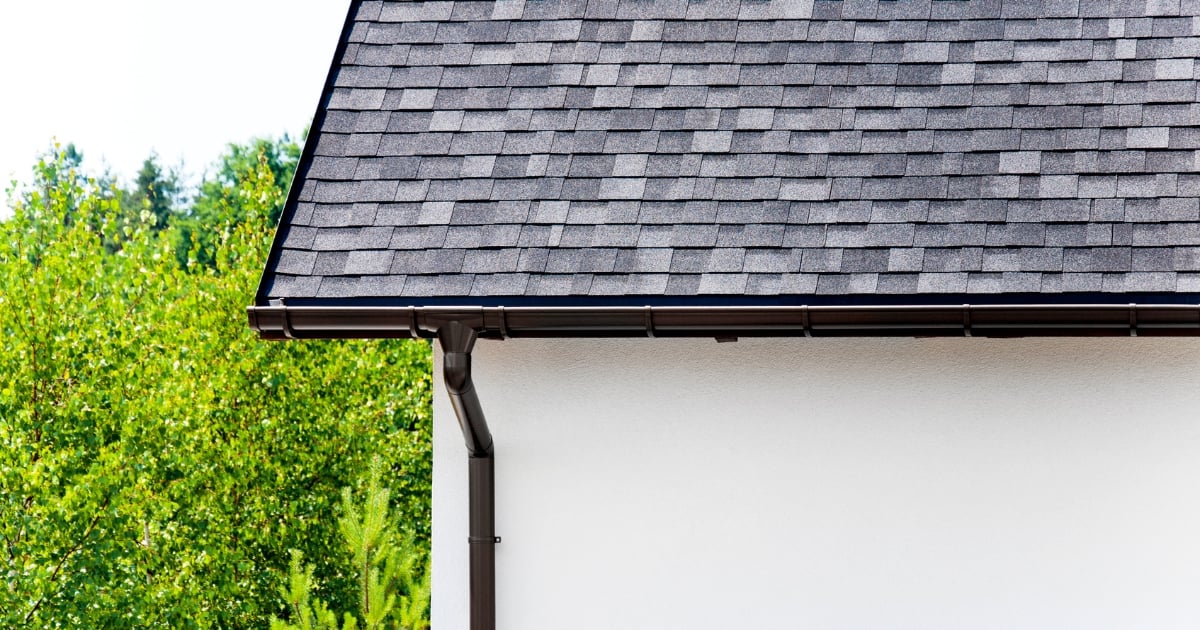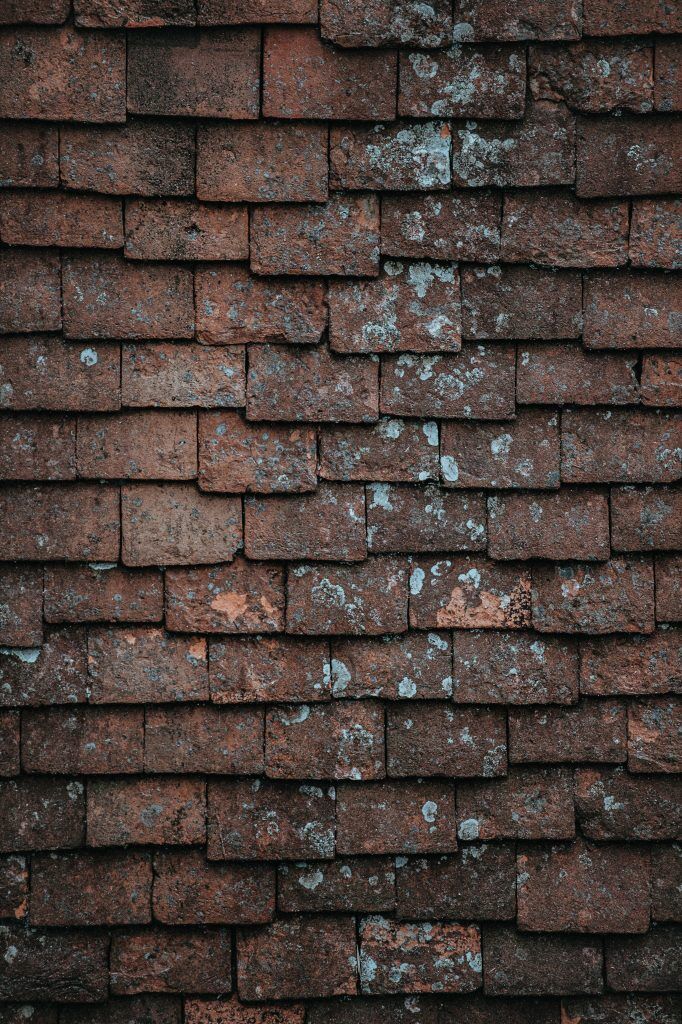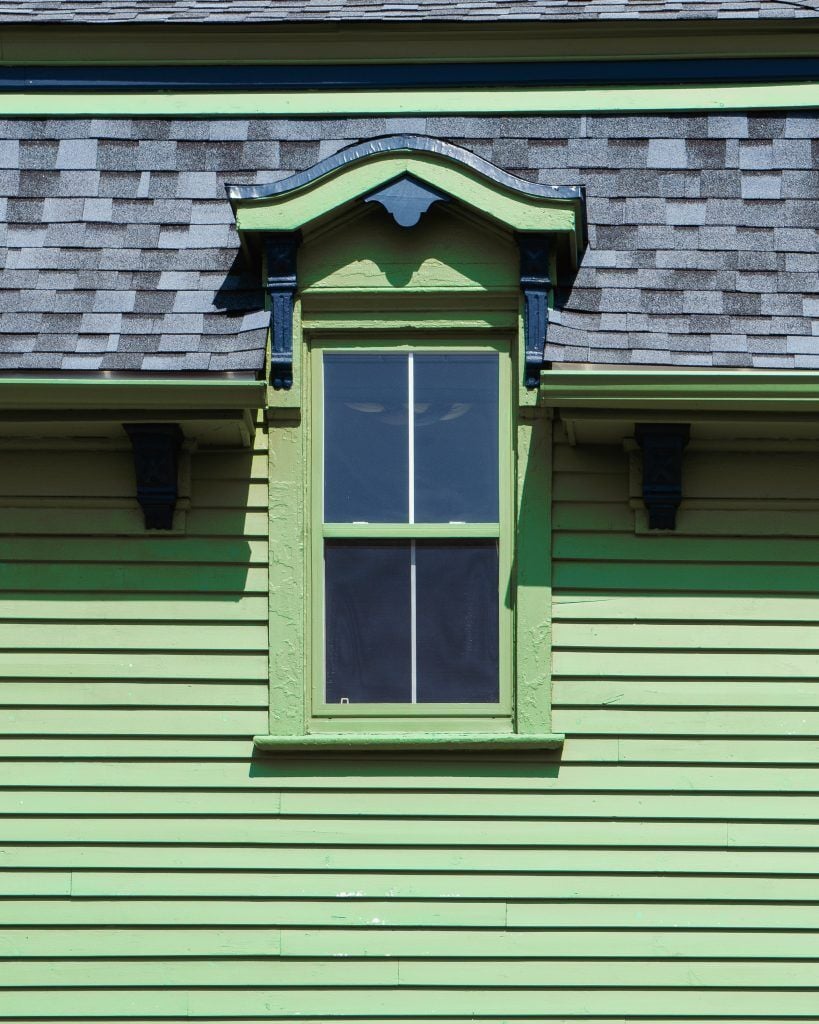Serving MD, DC & VA
How Long Does A Roof Last? Everything You Need to Know - Asphalt Roll Roofing Lifespan

How Long Does a Roof Last?
Roof lifespan depends on many things: what it’s made out of, how well it was installed, how well you take care of it, and more.
As one of the most expensive components of a home, your roof isn’t something you want to replace more often than you absolutely have to. The answer may seem simple, but it is actually fairly complicated.
Read on to learn how long you can expect your roof to last. We’ll also cover what you should look for when it’s time to replace the roof and what you can do to make sure your roof lasts a long time.
In this article:
Average Roof Lifespan
Looking at the topic broadly, the average lifespan of a roof is about 20 years. However, roof lifespans vary a great deal. Your roof’s lifespan may be as short as 12 years or as long as 100 years.
Because you can’t use one average lifespan for all roofs equally, you have to look at all of the details of your specific roof to determine its lifespan. The biggest of these details is the materials from which your roof is made.
Roofing Materials

If you’re shopping for a new home and want to know how long the roof will last, or you want to know whether it’s time to replace your current roof, knowing all about your roofing materials is the best place to start.
Here are the 10 most common types of roofing materials and their average lifespans, in order from longest roof lifespan to shortest.
1. Slate Roof Average Lifespan
Slate is a type of natural stone used for roofing. Unlike clay or concrete tiles, slate roof tiles are made exclusively of quarried and hewn stone pieces, without any processing or fillers. Slate is one of the most difficult roofing materials to install, making it more expensive to install or replace.
However, slate is also considered the most durable of all roofing materials. If properly maintained, a slate roof could last the entire lifespan of your home. To maintain slate you will need to touch up the roof cement every 5-7 years but this type of roof will last if you keep it maintained.
The average lifespan of a slate roof is 100 years or longer depending on maintenance.
2. Tile Roof Average Lifespan
Clay, concrete or cement roof tiles are a popular choice for homeowners who want a long-lasting roof option. They’re especially popular in hot regions but can be found all across the United States and elsewhere. Tile roofs can be made of terracotta clay or fired ceramic, as well as concrete.
The average lifespan of a tile roof is 100 years or more when properly maintained.
3. Metal Roof (Standing-Seam) Average Lifespan
Standing-seam metal roofs are becoming increasingly popular, especially in areas prone to wildfire. Metals used in this type of roofing include steel and aluminum, as well as copper and zinc. Metal roofs are highly durable and can be very low-maintenance when professionally installed.
The average metal roof lifespan is 30 to 50 years.
4. Wood Shingle Roof Average Lifespan
Wood shingle roofs are made from thin wedges of natural wood. Woods used for roofing include cedar, yellow pine, cypress, and redwood. Wood shingles can add great curb appeal to your home, but they’re not a good choice for regions where wildfires are common, and they can require more meticulous maintenance than other types of roofs. In addition to proper ventilation if not installed correctly these roofs can rot out quickly.
With professional attention and regular maintenance, the average lifespan of a wood shingle roof is 30 to 35 years.
5. EPDM & TPO (Rubber Roofs) Average Lifespan
Ethylene propylene diene monomer (EPDM) and thermoplastic polyolefin (TPO)—aka “rubber roofs”—are popular materials for flat and low-sloped roofs. They are used to create a waterproof membrane that allows flat roofs to shed water more easily. EPDM and TPO roofs are highly durable but can be affected by high heat and damaged by debris.
The average lifespan of an EPDM or TPO roof with proper maintenance is 20 to 25 years, with EPDM roofs typically lasting longer than TPO.
6. Asphalt Shingle Roof Average Lifespan
Asphalt and composite shingles are the most popular type of roofing material in the United States and are found on the majority of homes. Composite shingles are made of an organic or fiberglass base, coated with asphalt, and combined with small pieces of slate, quartz, or ceramic.
The lifespan of composite asphalt shingles is relatively short compared to other materials. But what asphalt shingles lack in longevity, they make up for in practicality. Asphalt shingles can be replaced relatively quickly (by a professional roofer) and can be more easily maintained than many other types. They also tend to be less expensive to install. At Capitol Improvements, we’re a family-owned shingle roofing contractor in Maryland.
The average lifespan of a high-quality asphalt shingle roof is 20-30 years.
7. Fiber Cement Shingle Roof Average Lifespan
Fiber cement shingles are considered a man-made alternative to wood shingles in their appearance and function. However, fiber cement shingles are more durable than natural wood shingles, better resisting damage from fire and moisture. Fiber cement roof shingles used to be made out of harmful asbestos, but have been redesigned using cellulose fiber, instead.
The average lifespan of fiber cement roofing shingles is 20 to 25 years. While this is shorter on average than wood shingles, fiber cement shingles can require less maintenance and meticulousness to reach their full expected lifespan.
8. Built-Up Roofing (BUR) Average Lifespan
Built-up roofing is a type of layered roofing application. It’s made up of alternating layers of roofing felt and waterproof membranes, such as modified bitumen. BUR is normally used on flat roofs or roofs with very low slopes.
The average lifespan of a BUR roof is 15 to 20 years.
9. Modified Bitumen Systems (MBS) Roof Average Lifespan
Modified bitumen or tar roofing is used for flat and low-sloped roofs. Modified bitumen is lighter than built-up roofing, making it more practical in many situations. Modified bitumen may be applied “cold” as a self-adhering compound, or it may be applied using torch-down application.
The average lifespan of a modified bitumen roof is 10 to 12 years.
10. Asphalt Roll Roof Average Lifespan
Like built-up roofing, asphalt roll roofing is used for flat roofs and low-angled roofs. It is easy to install, making it a popular option for DIYers and for small areas like sheds and garages. However, asphalt roll isn’t the best choice for most homes due to its very short lifespan.
The average lifespan of asphalt roll roofing is only 5 to 10 years.
Other Roof Lifespan Factors

Installation
The material that makes up your roof is key in understanding how long the roof will last. But something that is just as important to consider is how your roof was installed.
Even the most durable and long-lasting roof materials can fail long before their life expectancy is reached if they are installed poorly. This is especially important to keep in mind if you’re planning to replace your roof soon, or if you’re shopping for a new home and want to make sure the roof is in good condition.
A home may be built with serious structural oversights that can lead to roof failure and other damage. Mistakes like these can mean long-term frustration, no matter how high-quality your roofing materials may be.
For example, a faulty seal or caulking around a vent can lead to severe leaking and roof failure. Poor attic ventilation is also one of the most common causes of roofs failing before they’ve reached their full expected lifespan.
The best way to overcome these potential problems is having your roof inspected regularly. If you’re buying a new home, make sure to have your own contractor thoroughly inspect the roof to check its structural integrity.
Maintenance
Every type of roofing material has to be properly maintained. When you understand what your roof is made of, you can take the correct measures to maintain your roof properly.
The best way to ensure that your roof lasts as long as possible is by having it professionally inspected. You can check your own roof for signs of damage—and you should do so every spring and every fall. But a professional inspection by a certified contractor should still be performed at least every two to three years to check for more insidious damage.
If and when damage to the roof occurs, you can extend the roof’s lifespan by fixing those smaller problems quickly and correctly.
Climate
The last major factor that can affect how long your roof lasts is the climate where you live. Things like heat and moisture play a huge role in how your roof ages. For example, the average roof lifespan in Florida may differ greatly from the average roof lifespan in Nebraska, even if both roofs are made of the same materials.
If you live in a region that is very dry prone to extreme heat, your roof may age faster. Likewise, if your home is exposed to a great deal of moisture, you may have moisture damage that causes the roof to need replacement.
Do I Need A New Roof?
Inspecting your roof is something to get used to as a homeowner. After major weather events, and at least once per year, you or a Bowie roofing contractor should inspect your roof for signs of damage. If you see any of the following signs, and your roof is at or near it’s expected lifespan, it may be time to consider replacing the roof:
- Sagging roof deck
- Leaking and water damage
- Mold or rot
- Missing or warped shingles
- Dark spots
- Visible holes in the roof or light from outside when you’re in your attic
- Shingles that are wet and trapping moisture
- Lots of granules from your shingles in the gutters
Things to Consider When Replacing Your Roof

Replacing the roof is one of the largest home improvement or repair costs you will likely face as a home owner. Before you dive into replacing your roof, make sure it’s in need of replacement. Missing shingles or a leak may not mean the roof needs to be replaced.
When it is time to replace your roof, it’s important to hire a professional and certified roofing contractor with experience in roof replacements. The structure of each home is unique, and special care has to be taken to make sure your new roof lasts as long as it should.
Depending on your homeowners insurance policy and the reason you’re replacing your roof, you may be able to get your roof replacement covered by insurance. However, homeowners insurance typically doesn’t cover roof replacement that is a result of normal roof aging.
Roof Replacement Financing and Warranty
If it’s time to replace your roof, it’s important not to wait. But the cost of replacing a roof can be formidable. Capitol Improvements works with Enerbank USA to help you finance your roof replacement. You could qualify for low-interest financing with no prepayment penalties, no collateral, and highly flexible terms to fit your needs.
Trusted Roofing Contractors Near Washington D.C.
If you live in Maryland, D.C., or Northern Virginia, Capitol Improvements – Roofing & Siding Contractors are ready to help. We replace home roofs and commercial roofs. Capitol Improvements is accredited by the Better Business Bureau (BBB) and has an A+ rating from them. Check out reviews here.
Raining this week
It’s a good time to leakproof your roof.
Minor leaks can turn into major issues quickly, don’t wait until you have to replace more than your roof. Request your free quote to quickly get a roof repair or a new leakproof roof.
